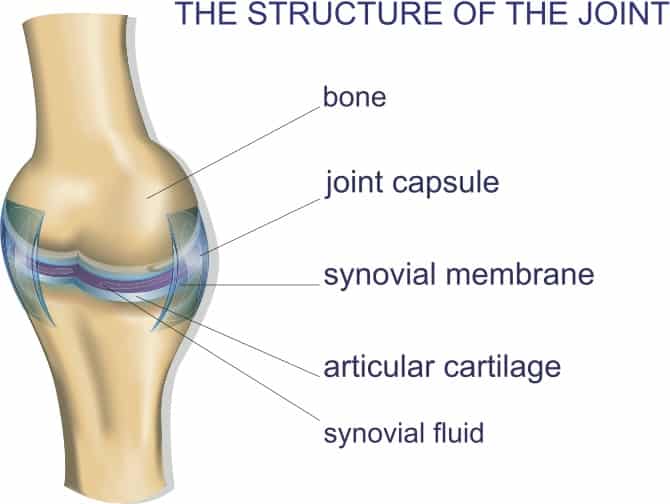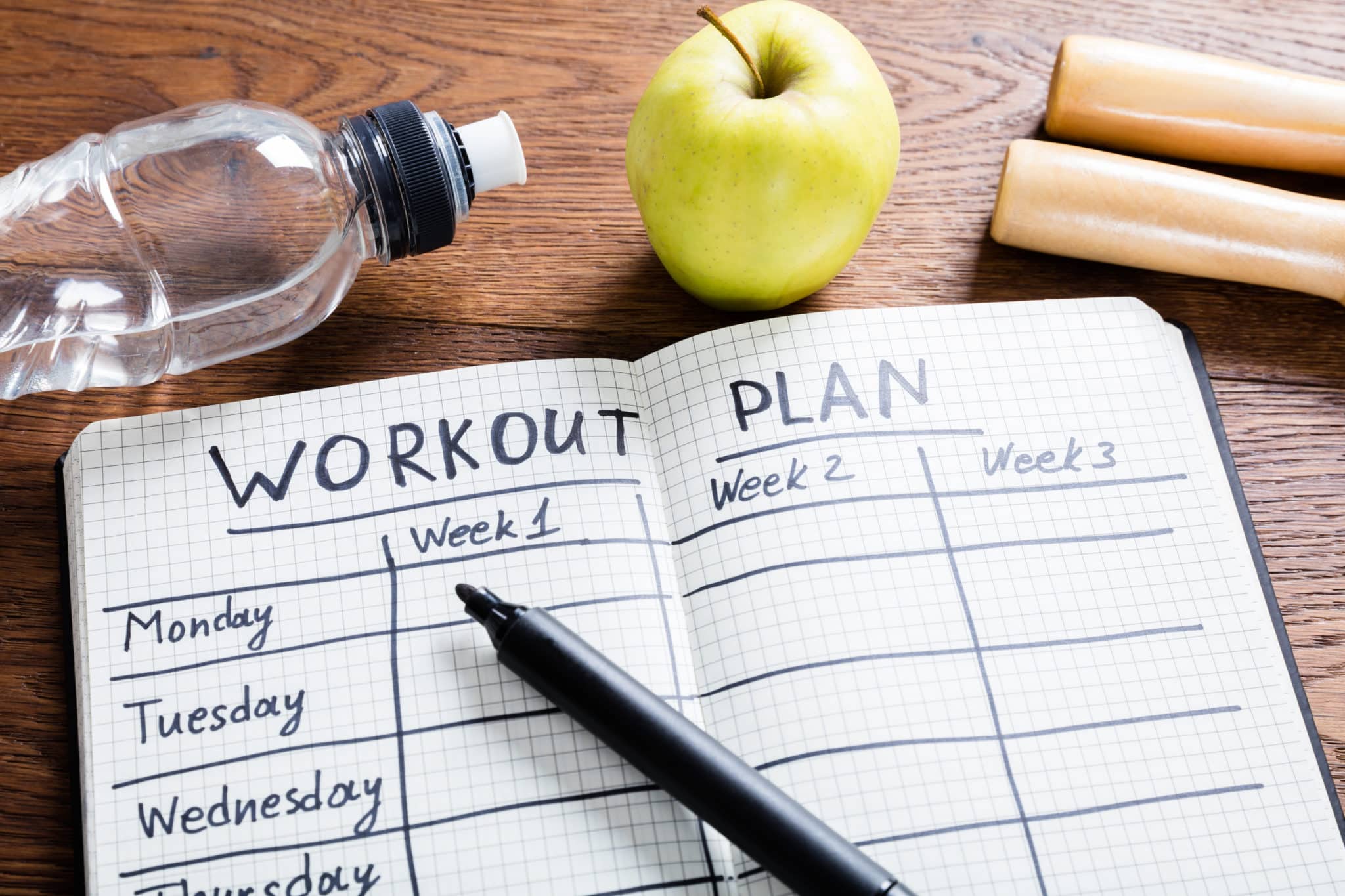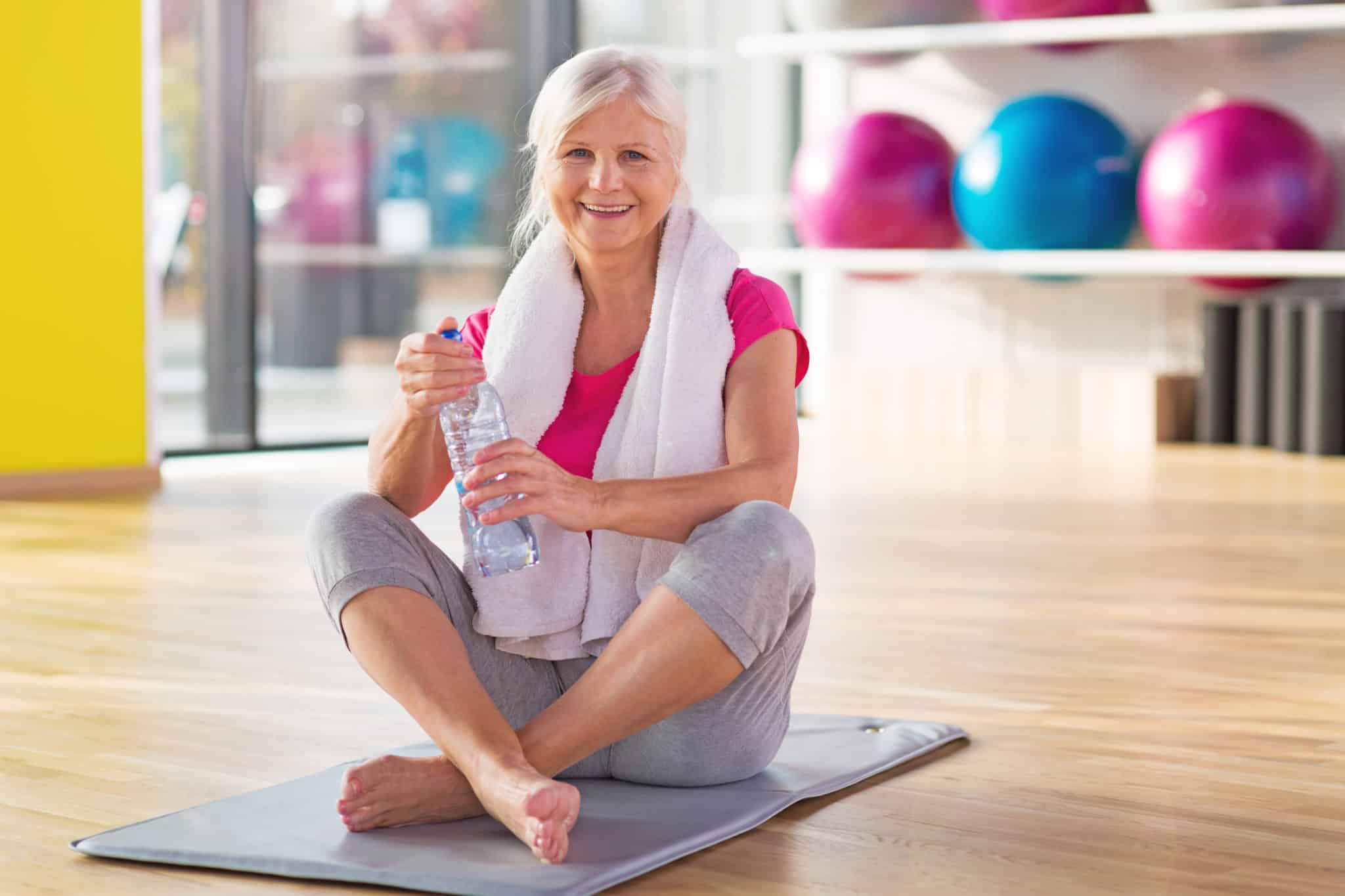The question is a common one: is it okay to workout after 50? The answer: absolutely!
In fact, it is more important than ever. Exercise, at any point in your life, is beneficial for your physical and mental well-being.
First, there is hardly a disease or illness that exercise doesn’t help to prevent. Everything from lessening your chance at cancer or diabetes, to increasing your mental well-being and energy levels.
Second, exercise provides stronger bodies and sharper minds both of which slow down the aging process and greatly increase your quality of life. Working out over 50 is a win!
Of course, as our bodies change with age, so should our exercise plan.
After 50, it is time to be more mindful of keeping our bodies moving and feeling good for many years to come.
So what does exercise after 50 look like and how do you navigate the many options available for working out? Let’s take a look.
Use the links below to quickly navigate this guide:
Benefits of Exercise After 50
First and foremost it is crucial to remember how important exercise is for an aging body. For instance, studies have shown that strength training after 50 reduces your risk of:
- Arthritis
- Diabetes
- Osteoporosis
- Obesity
- Back pain
- Depression
- Heart Disease
- Stroke
Here are some other things to consider regarding exercise as an older adult:
Increases Your Quality of Life
People who exercise after 50 have been shown to be happier, healthier, have more energy and have sharper minds. That’s a pretty good bargain! The later years should be just as good as the early ones!
Improves Mental Health
Depression affects approximately 9.5% of U.S adults each year. According to studies by the Journal of Clinical Psychiatry is has been well established that exercise decreases symptoms of depression!
In addition, exercise increases endorphins – the happy hormone that boosts your mood. The key here is not quantity of exercise, rather regularity of an exercise schedule.
Builds Stronger Bones
Both strength training and certain cardio activities increase your bone density, making it less likely to break things if you fall.
According to the CDC, falls are the leading cause of injury and death in older Americans. One bad fall as an older adult can change your life forever. Keep those bones strong.
Tames Menopause Symptoms
For women over 50, menopause is another adventure that comes with the aging process.
The Mayo Clinic recommends regular exercise to help lessen menopause issues such as weight gain around the tummy, hot flashes, joint pain, and sleep problems.
Related: How To Deal With The 10 Most Common Menopause Symptoms
Exercising As You Age
So it is well-established that exercise is a good idea as you get older. However, it is also important to recognize that aging bodies need to exercise appropriately!
Working out at 50 or 60 is going to look different than working out at 20 or 30. Here are some things to consider.
Body Changes After 50
One of the things that gets tricky for those who continue to exercise during the second half of life is the reality of an aging body.
It might be hard to admit, but no matter how healthy you are and how well you’ve cared for your body, it changes. Joints wear out, bones lose density, muscles aren’t as strong, but all the while you want to keep moving.
How do you do it? Here are some challenges and solutions to exercising in an older body.
What Happens As Your Joints Age?

Joints are the areas in your body where your bones come together. Joints are amazing because they are what make you flexible and able to move in so many different ways.
The joints (space where bones meet) contain cartilage, which cushions your bones. Joints are also surrounded by synovial membranes filled with fluid.
As we age, the cartilage experiences wear and tear from years of movement and consequently, inflammation occurs.
In addition, the joints become more stiff and less flexible as the fluid decreases and you have less cushioning. It is as if your shock absorbers are wearing out so you begin to feel sore more often.
Solution
Take advantage of low impact options.
Be smart about saving yourself for years to come. Instead of a squat jump, do a squat and reach overhead as you stand. No jumping needed.
Instead of running, switch to power walking. Focus more on large, range-of-motion movements that can give you a heart rate boost without all the impact.
We need to be smarter about exercise as we age so even if you feel able to continue with lots of high impact, it will be in your best interest to switch to low impact more often.
What Happens As Your Muscles Age?
Muscles change as we age as well. Muscle tissue breaks down, muscles become more rigid, and we lose muscle mass. The number and size of muscle fibers decrease with age.
Solution
Even those of us who continue to strength train will experience this some muscle loss.
However, if you are able to strength train after the age of 50 you will slow down muscle loss significantly and be able to maintain a stronger, healthier and younger body for much longer than those who do not.
Stay consistent with your muscle work! In addition, strength training will help protect those aging joints we mentioned earlier.
What Happens As Your Bones Age?
Bone is a living tissue. As we age, hormonal changes, loss of calcium and minerals and inactivity cause our bones to be weaker.
We have less and less of this bone tissue in our body, which weakens our bones and makes it easier for them to break.
Solution
Include weight-bearing activities in your weekly workout plan. Bones benefit from weight-bearing exercise.
Walking, lifting weights, or any weight-bearing activity increases your bone density and helps keep you stronger. And be careful that you don’t switch to 100% “no impact”.
No impact includes things likes swimming or the recumbent bicycle. While these activities are good to include in an overall workout plan, be sure you don’t take away all of the weight bearing.
In other words, if you love swimming or water aerobics – great! BUT, include some weight bearing activity as well such as walking.
Your Workout Plan

So it’s time to get started on your workout plan. Here are some things to consider for working out over 50 and a few suggested plans you can consider:
- Check with your doctor: Especially if it has been a while, this is a great time to get a physical and discuss exercise options with your doctor. Make sure you are clear for the activities you desire to do.
- Balance your workouts: You know you should eat a balanced diet, but you should also have a balanced workout plan. Include some cardiovascular activity, some strength training and some flexibility (i.e. stretching). As discussed before, some weight-bearing activity should be included.
Cardio exercise ideas: cycling, power walking, dance-style fitness, elliptical trainer.
Strength training ideas: dumbbells or barbells, body-weight training, resistance bands, medicine balls.
Flexibility ideas: yoga classes, stretching videos, online flexibility workouts.
- Start small and build. If you are new to exercise, start small. 10-15 minutes each day for a week might be a good place to start. Add a few more minutes each week until you can build up to a solid 30-minutes or more. In addition, keep your intensity low to moderate at first. Make sure you can carry on conversation while moving. Once you begin to develop stamina, you can increase your workload so that you are only able to say a few words or short phrases during movement.
- Try intervals. One of the quickest ways to get in shape is by using interval training. Add fast spurts of movement throughout the workout. So whether walking or doing the elliptical trainer, warm up for 10 minutes, then go as fast as you can for 30 seconds. Slow back down to moderate for a few minutes, then go hard for 30 seconds again. After 8 intervals you’ve got a great workout!
Taking everything you’ve read into account, it’s time to put a plan into action.
Here are a few sample plans for how you might lay out your week to balance working out over 50.
Keep in mind you can and should substitute your exercise of choice in the proper place. For instance, if the cardio exercise suggested is power walking but you prefer to cycle, then make that substitution.
Plan A Sample Workout Week:
SUNDAY: 30 minutes power walking
MONDAY: 30 minutes strength training
TUESDAY: 20 minutes flowing yoga
WEDNESDAY: 30 minutes power walking
THURSDAY: 30 minutes strength training
FRIDAY: 20 minutes flowing yoga
SATURDAY: 30 minutes power walking
Plan B Sample Workout Week:
SUNDAY: 15 minutes jogging/15 minutes strength upper body
MONDAY: 15 minutes swimming/15 minutes strength lower body
TUESDAY: 30 minutes yoga/pilates fusion
WEDNESDAY: 15 minutes elliptical/15 minutes strength upper body
THURSDAY: 15 minutes cycling/15 minute strength lower body
FRIDAY: 30 minutes power yoga
SATURDAY: Rest
Tips For Working Out Over 50
Here are some final helpful tips before you head into the world of fitness over 50.
- Choose what you love: Doing something you enjoy will give you a better shot at consistency. Movement should be fun. Don’t force yourself to jog if you’re going to dread it. Instead, get together with friends at a dance class.
- Hire a professional: don’t be afraid to spend a little money on a trainer. Even a few sessions to show you how and what you should be doing can be a great investment. Just be sure to advocate for your own limitations and be open and honest about any modifications you need to make.
- Try online help. Videos or online workouts lead by professionals can be an inexpensive way to get good training help as well as find companionship for your workouts.
- Invest in good footwear: The proper shoes are more crucial after 50 than ever before. Spend time finding something that is comfortable, supportive, and activity-appropriate. Check out this helpful article for more information.
- Find a friend: A workout buddy will keep you accountable, give you companionship, and be a good emergency contact in case of any injuries or health problems during your workouts.

4 Comments
Brenda on April 6, 2019 at 10:10 AM
Chris, Thank you for sharing this. I am 61 years young and have been on a weight loss journey for 10 months now. I have lost 45 pounds. I am exercising 6 days a week. One thing I notice is that i have a lot of aches. It improves when exercising but increases during inactivity such as sitting or when I get up first in the morning. The exercise is essential to keeping me going. I enjoy working out to your videos. You are an encourager. That keeps me moving even when I do not want to. ----Brenda
Chris Freytag on April 17, 2019 at 4:37 PM
Brenda - Thank you so much for sharing your story with me! You are so inspiring and I love that you say exercise is essential to keeping you going! Doesn't it just feel good to move and stay motivated :) Thanks so much for following along with me. I am not sure if you have checked out some of my other blogs on my website when it comes to stretching and increasing flexibility. This might be something you want to take a look at and incorporate into your everyday routine. Working out and staying active is essential and you are already doing a great job at this. What I have found helpful is incorporating mobility and flexibility work into my everyday routine so that sitting and waking up first thing in the morning isn't so "painful." Check out a few of these blogs below and hopefully you can find something that will help your body to not feel those aches and pains! How to Regain Flexibility Over 50: https://gethealthyu.com/regain-flexibility-over-50/ Flexibility vs. Mobility and Why You Should Care: https://gethealthyu.com/flexibility-vs-mobility/
Bonnie on March 20, 2019 at 2:31 PM
Thank you for all the information you are giving most people don't give it for free it b Has made me want to workout now Thanks Bonniecheek49@gmail.com
Chris Freytag on March 25, 2019 at 2:19 PM
Bonnie - you are so very welcome! Just remember, you can do anything you put your mind to! Have fun working out and let me know if there is anything else I can do to help!